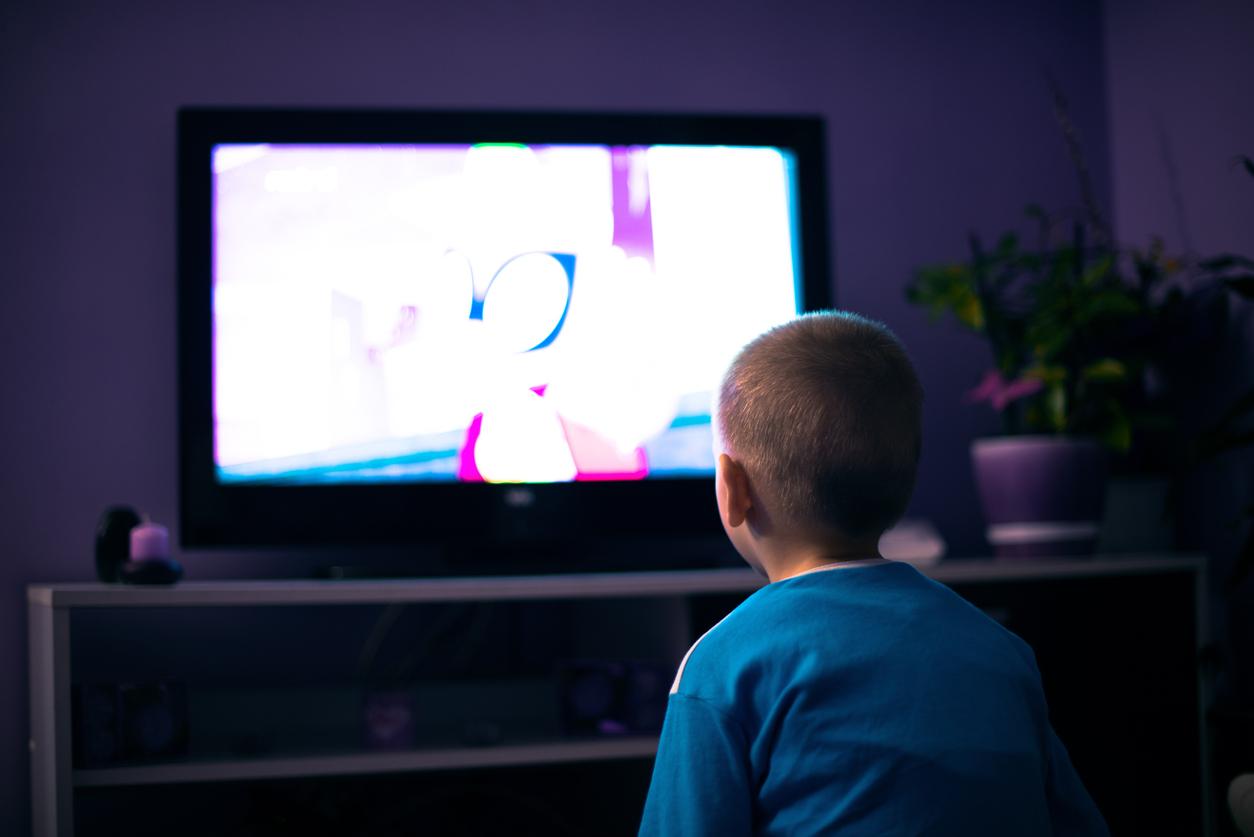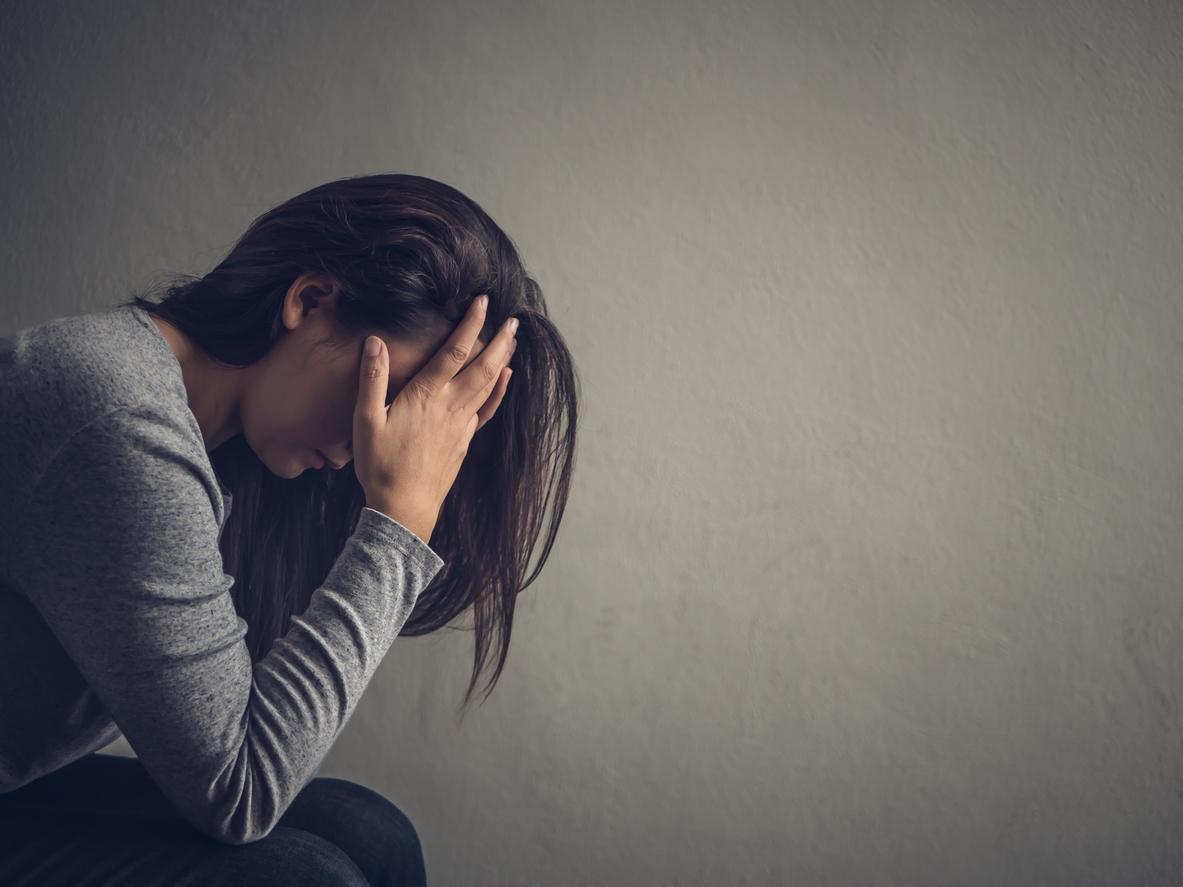Google queries about suicide spiked soon after the 13 Reasons Why series aired. Specialists deplore the lack of precautions taken at this time.

Some series are at the origin of phenomena that we rarely see. This is the case of 13 Reasons Why. Upon its release, the program attracted millions of viewers. It must be said that the story has something to mystify. The heroine, Hannah Baker, is conspicuous by her absence… She committed suicide in the first episode.
The sequel is just as unconventional. The girl sent 7 audio cassettes to comrades or friends. She explains the 13 reasons for her gesture. A dark theme that brought teenagers together. And boosted Internet searches, according to a study published in the JAMA Internal Medicine.
A peak of consultations
Between the first broadcast of the series and April 18, the number of requests on Google climbed by 19% compared to the usual curves. “There were 900,000 to 1.5 million more queries on suicide than expected in the 19 days following its posting”, figures Mark Dredze, who participated in the work.
The researchers, stationed at the State University of San Diego (United States), stopped the cursor on this date for a specific reason: an American football star ended his life, which could have disturbed Analyses.
The American series therefore clearly marked the minds of the young people who watched it. And it is she who is at the origin of this peak. The scientists conducted the comparison with a projection of what would have happened if the program had never aired. “This strategy allowed us to isolate the effect that the series had on the public who watched it and on suicidal thoughts,” explains Benjamin Althouse, co-author of the study.
Curiosity or acting out?
And if Google searches increase, certain specific queries are even more affected by the broadcast of the series. Thus, Internet users are 23% more likely to wonder about ways to prevent suicide, and 12% more to wonder about hotlines.
“It is heartwarming to see that this series has raised awareness around suicide and its prevention, recognizes John Ayers, first author. But the series could also have encouraged some to take action by learning about ways to commit suicide. Indeed, the number of requests concerning how to end one’s life increases from 9 to 26% depending on the formulation analyzed.
Difficult to conclude, in view of these figures, if the research only reflects a simple curiosity or predicts a desire to take action. But when in doubt, the producers should have taken more precautions, believe three specialists in a editorial associated with the study.
An alarming trend
Because, as these health professionals remind us, suicidal thoughts are indeed on the rise in the United States. Between 2009 and 2015, the proportion of teenagers who had dark thoughts rose from 14 to 18%.
In view of this alarming trend, the producers should have respected the official recommendations, by displaying the number of listening lines at the beginning and the end of each episode, for example.
“It is crucial that producers and broadcasters demonstrate ethical and social responsibility, by adopting good practices relating to safety messages”, believe Kimberly McManama O’Brien, John Knight and Sion Harris.
.














